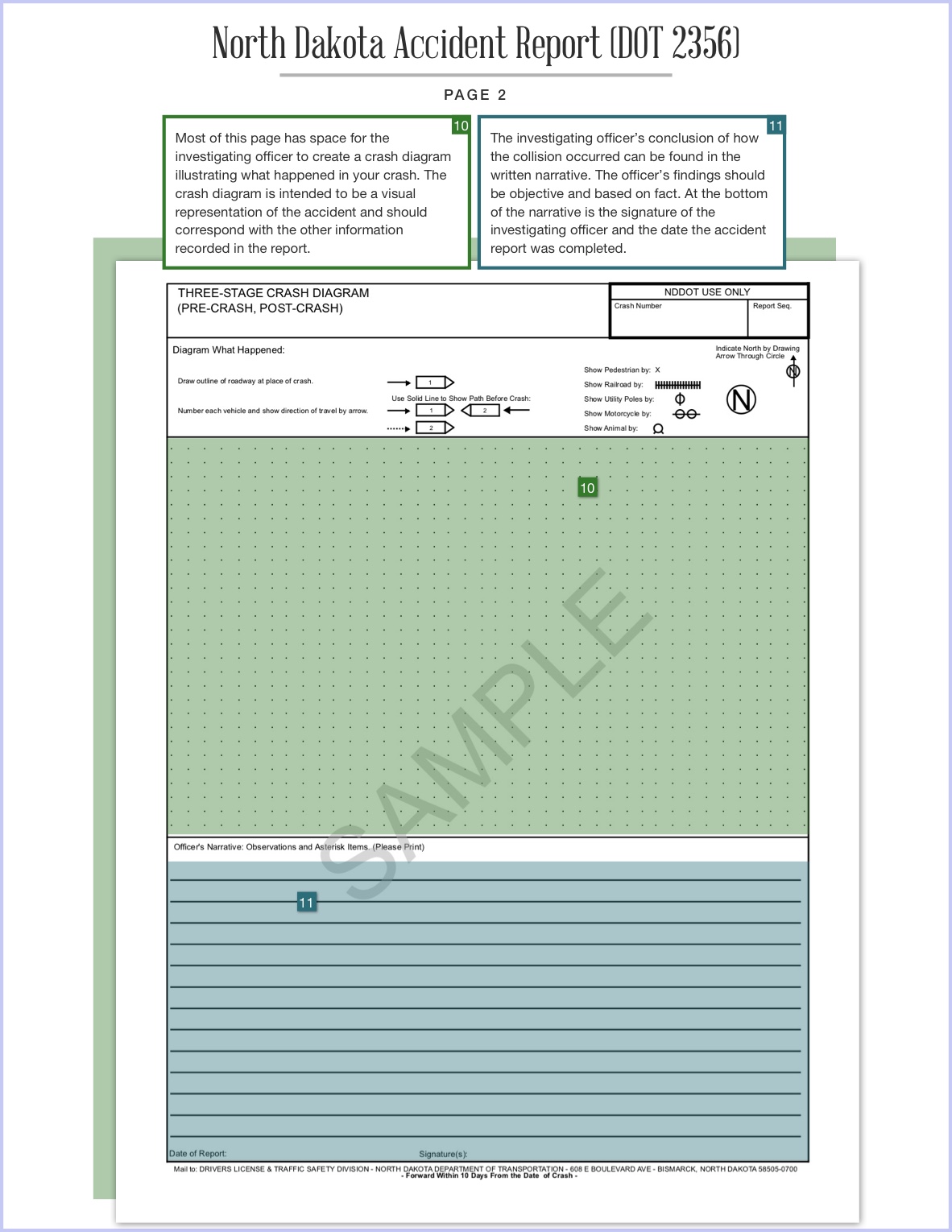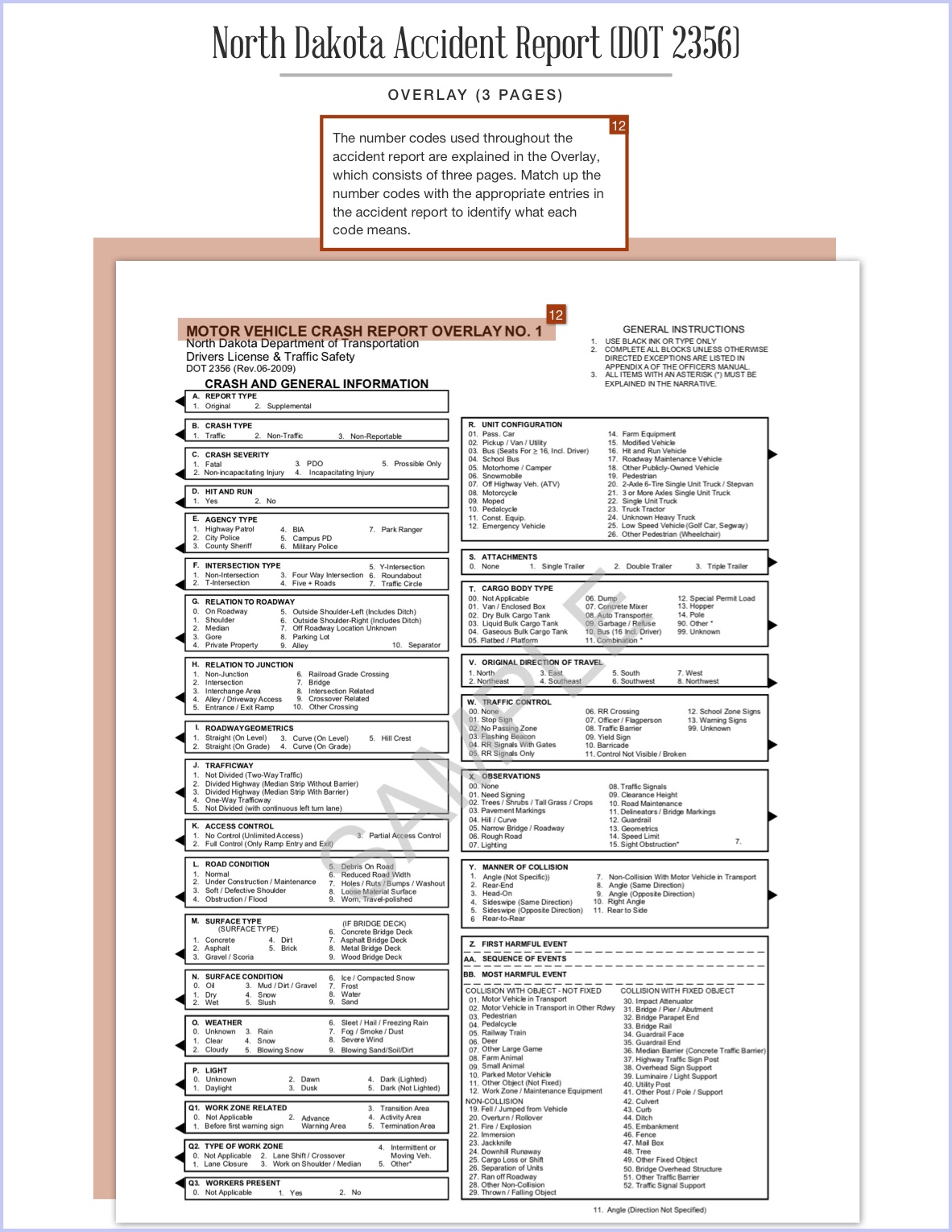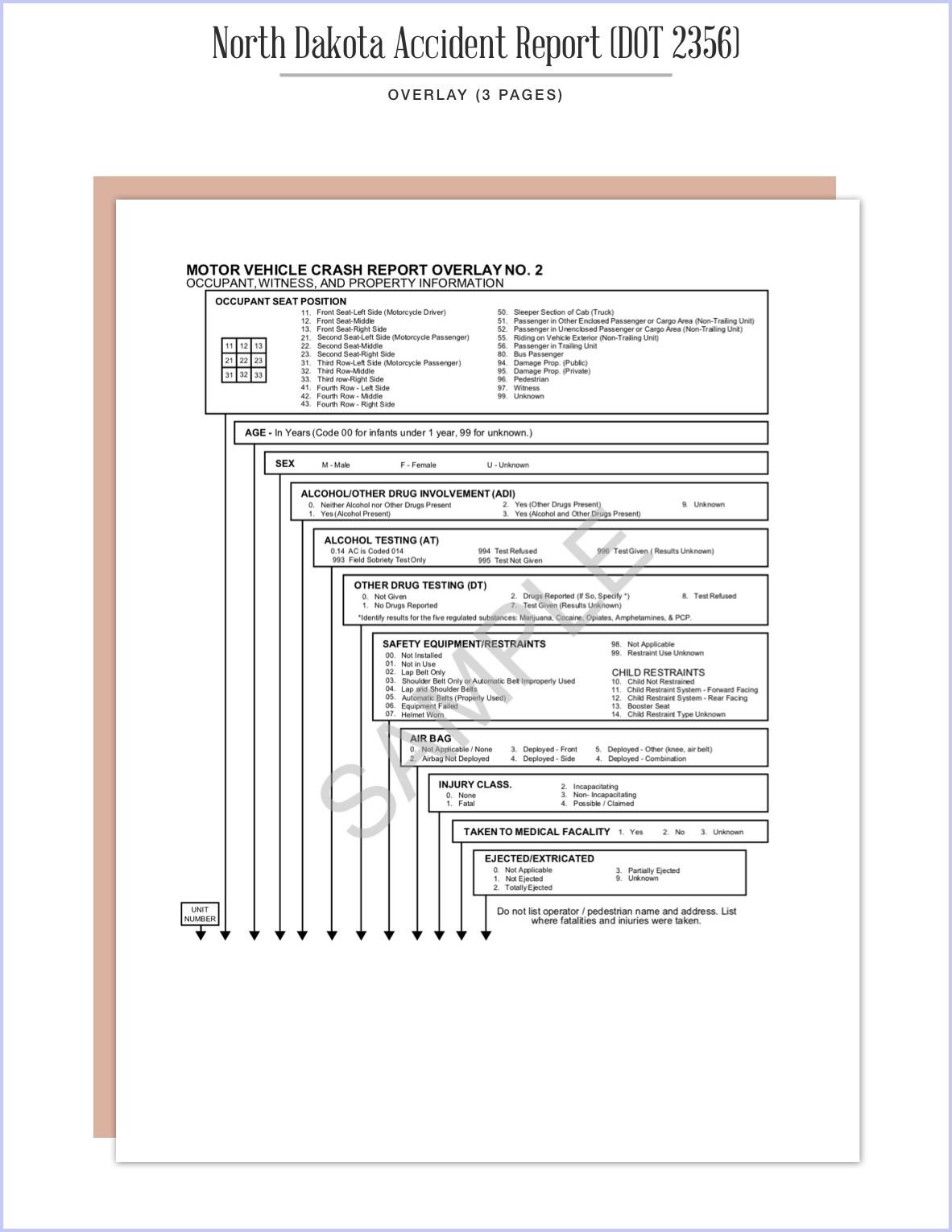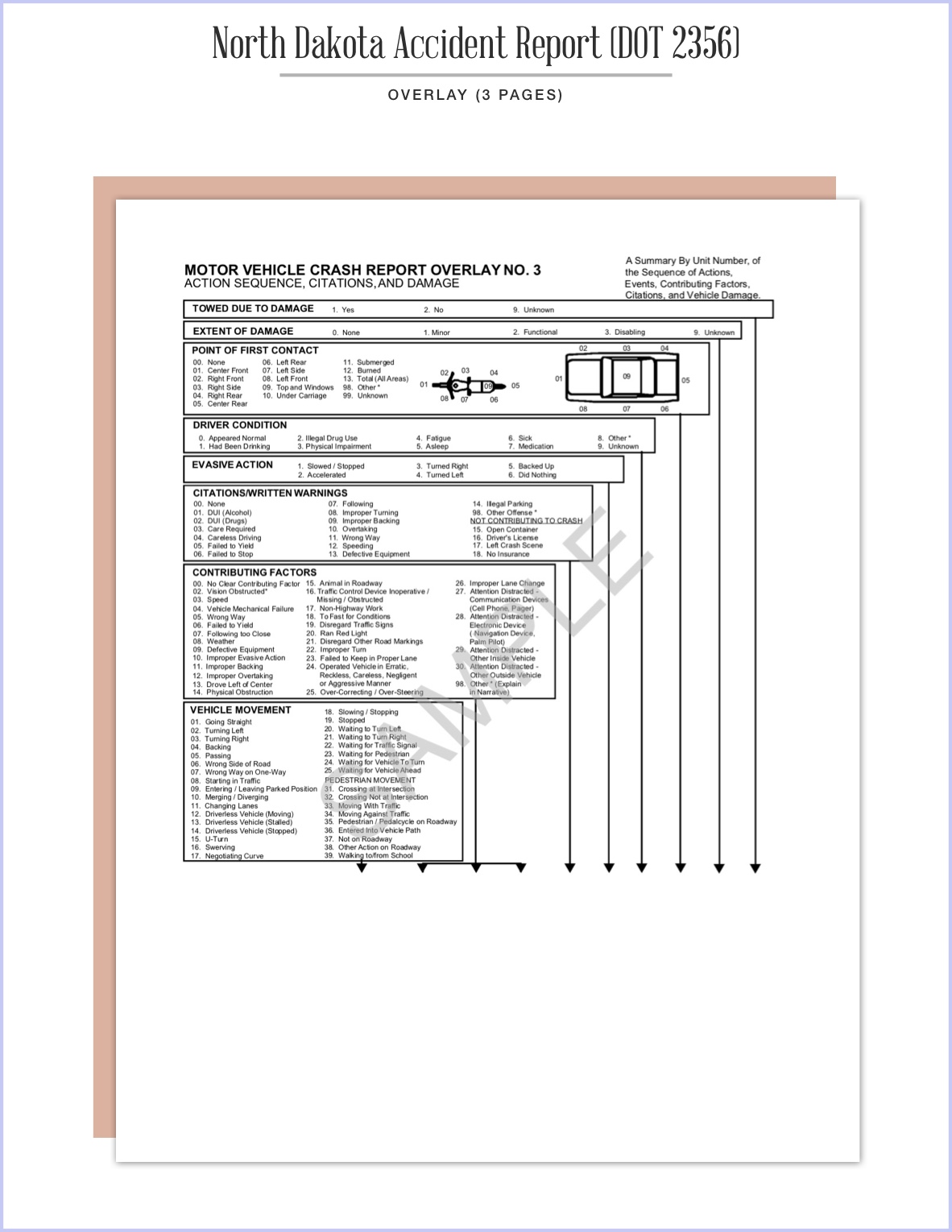In a divorce, the laws of equitable distribution distinguish marital property from separate property. Technically, only marital property, that is, proper...
In North Dakota, you must immediately report a car accident to the nearest law enforcement agency if the crash results in someone’s injury, death, or causes over $1,000 of apparent property damage. After police secure the scene and conclude their analysis of the collision, the investigating officer will complete a North Dakota Crash Report (DOT 2356). This formal document includes detailed information about your accident and represents a key piece of evidence that can be used to help determine legal responsibility for your crash.
Keep in mind that even though North Dakota is a no-fault state, you may step outside the no-fault system to file a third-party claim or personal injury lawsuit if your damages exceed your insurance policy limits or your injuries meet certain legal thresholds. North Dakota also has a modified comparative negligence rule, which bars a plaintiff from recovering compensation if the plaintiff is found to be 50% or more at fault for their accident. Under this rule, any compensation you are eligible to recover will be reduced by your percentage of fault. As such, incorrect information in your accident report can ultimately end up having a damaging effect on your case.
Always take the time to carefully examine your accident report. Once you obtain a copy of your crash report, contact a North Dakota car accident lawyer near you if you find any errors or take issue with the investigating officer’s final determination of how the crash occurred. An attorney can review the details of your case and take steps to have your accident report amended so it doesn’t unfairly shift blame on to you.
North Dakota Crash Report (DOT 2356)
https://www.nhtsa.gov/sites/nhtsa.dot.gov/files/documents/nd_par_sfn2355_rev5_2009_sub11_5_09.pdf

Page 1
At the top of each page is a unique crash number associated with your accident report. These numbers should match on every page.
Click here to download a printable PDF version of How to Read Your North Dakota Accident Report.
The small boxes that run vertical down each side of the page contain number codes that are all defined on Overlay No. 1. Each box has a letter or letters above it that denote:
A. Report Type
B. Crash Type
C. Crash Severity
D. Hit and Run
E. Agency Type
F. Intersection Type
G. Relation to Roadway
H. Relation to Junction
I. Roadway Geometrics
J. Trafficway
K. Access Control
L. Road Condition
M. Surface Type
O. Weather Conditions
P. Lighting Conditions
Q1. Work Zone Related
Q2. Type of Work Zone
Q3. Workers Present
R. Unit Configuration (first unit in row 1, second unit in row 2)
S. Attachments (first unit in box 1, second unit in box 2)
T. Cargo Body Type (first unit in row 1, second unit in row 2)
V. Original Direction of Travel (first unit in box 1, second unit in box 2)
W. Traffic Control (first unit in row 1, second unit in row 2)
X. Observations
Y. Manner of Collision
Z. First Harmful Event
AA. Sequence of Events (first unit in table 1, second unit in table 2)
BB. Most Harmful Event (first unit in row 1, second unit in row 2)
The first section of the accident report provides information about the law enforcement agency and emergency units that responded to your crash.
Details regarding the site of your collision can be found in the “Location” section.
Information about each vehicle and its operator are in the section labeled “Unit 1 / Striking Unit” and “Unit 2 / Other Unit.” This is where you can find the name and contact information of each vehicle’s driver, insurance details, and an estimate of vehicle damage. If the collision involved a pedestrian, the person’s information will be listed next to “Unit 2 / Other Unit.”
The “Truck / Bus / Hazardous” section is completed by the investigating officer if your crash involved a vehicle with a gross vehicle weight rating (GVWR) or gross combination weight rating (GCWR) of over 10,000 pounds. This section is also filled out if the crash involved a vehicle designed to transport at least 9 occupants or a vehicle transporting hazardous material.
Any non-vehicle property damage (e.g., utility pole, fence, guardrail, etc.) will be noted in the first box of the sixth section.
In the row of double boxes next to “Vehicle 1” and “Vehicle 2” are codes to indicate each vehicle’s movement; contributing factors; citations/written warnings; evasive actions; driver condition; point of first contact; extent of damage; and if the vehicle needed to be towed due to its damage. The number codes entered in these boxes are all defined on Overlay No. 3.
The bottom two sections provide detailed information about each driver, occupant, witness, and property owner involved in the crash. Codes are entered into each box to describe each person’s seating position; age; sex; if they were suspected of alcohol/ drug use; if they were given an alcohol test or other type of drug test; their use of safety equipment/restraints; if an air bag was deployed where they were positioned; injury status; whether they were taken to a medical facility; and if the person was ejected from the vehicle or needed to be extricated. Refer to Overlay No. 2 for definitions of the codes used in these two sections.

Page 2
Most of this page has space for the investigating officer to create a crash diagram illustrating what happened in your crash. The crash diagram is intended to be a visual representation of the accident and should correspond with the other information recorded in the report.
The investigating officer’s conclusion of how the collision occurred can be found in the written narrative. The officer’s findings should be objective and based on fact. At the bottom of the narrative is the signature of the investigating officer and the date the accident report was completed.



Overlay (3 pages)
The number codes used throughout the accident report are explained in the Overlay, which consists of three pages. Match up the number codes with the appropriate entries in the accident report to identify what each code means.





